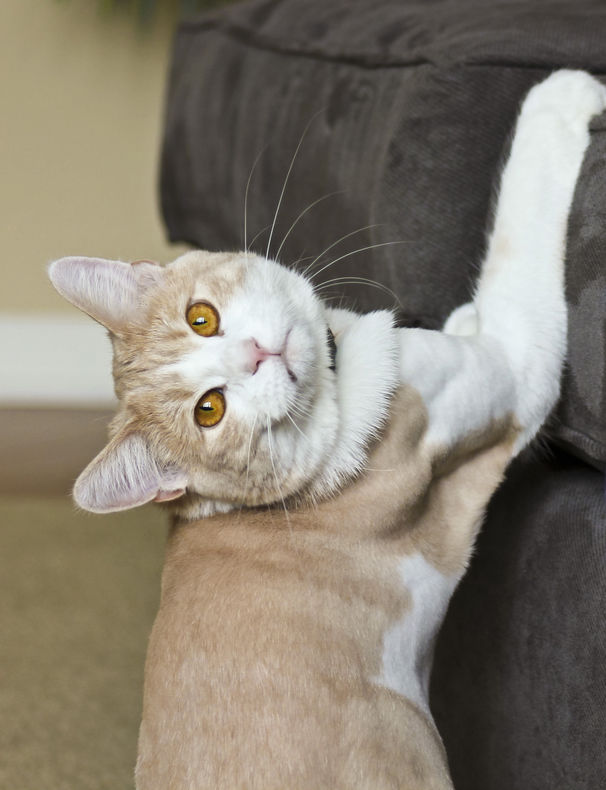
Common Behavioral Problems in Cats and How to Fix Them
Cats are beloved companions, but like any pet, they can exhibit behavioral problems that may challenge their owners. Understanding common feline behavior issues and implementing appropriate solutions can lead to a harmonious relationship between you and your furry friend.
Litter Box Aversion
Cats may avoid the litter box for various reasons, such as dissatisfaction with the box, location, or the type of litter. Ensure the litter box is clean, placed in a quiet, accessible location, and experiment with different litters to find your cat's preference.
Scratching Furniture
Scratching is a natural feline behavior that helps cats mark territory and maintain their claws. Provide scratching posts or pads in strategic locations and use deterrents like double-sided tape or pheromone sprays on furniture to redirect their scratching behavior.
Aggression
Aggressive behavior in cats can stem from fear, stress, or territorial disputes. Gradual introduction to new environments or individuals, creating safe spaces, and providing outlets for energy through play can help mitigate aggression.
Excessive Vocalization
Some cats may become overly vocal, which can be due to boredom, hunger, or a medical issue. Ensure your cat's physical and mental needs are met, feed them on a regular schedule, and consult with a vet if excessive vocalization persists.
Destructive Chewing
Chewing on cords, plants, or other items can be a sign of dental issues, boredom, or teething in kittens. Provide appropriate chew toys, keep hazardous items out of reach, and consult your vet if chewing becomes excessive.
Hiding
Timid or fearful cats may exhibit hiding behavior. Create secure hiding spots in your home, allow your cat to approach you at their own pace, and provide positive reinforcement when they venture out of hiding.
Counter Surfing
Cats are curious creatures and may explore countertops. Use deterrents like aluminum foil or double-sided tape, and provide alternative elevated spaces for them to perch, satisfying their natural instinct to be at higher vantage points.
Inappropriate Play
Play aggression, often seen in kittens, involves biting or scratching during play. Redirect this behavior towards appropriate toys, avoid using hands as play objects, and engage in interactive play to burn off excess energy.
Overeating or Begging
Some cats may overeat or beg for food. Establish a consistent feeding schedule, use puzzle feeders to slow down eating, and resist the temptation to feed from the table to discourage begging.
Spraying or Marking
Unneutered males or stressed cats may spray to mark territory. Spaying or neutering can reduce this behavior, and maintaining a clean environment with minimal stressors can discourage marking.
Conclusion
Understanding the root causes of common behavioral problems in cats is crucial for effective resolution. Patience, positive reinforcement, and consistency in addressing these issues contribute to a happy and well-adjusted feline companion. If behavioral problems persist or worsen, consulting with a veterinarian or a professional animal behaviorist can provide tailored guidance for your specific situation. By addressing these challenges head-on, you can create a harmonious living environment for both you and your cherished feline friend.


